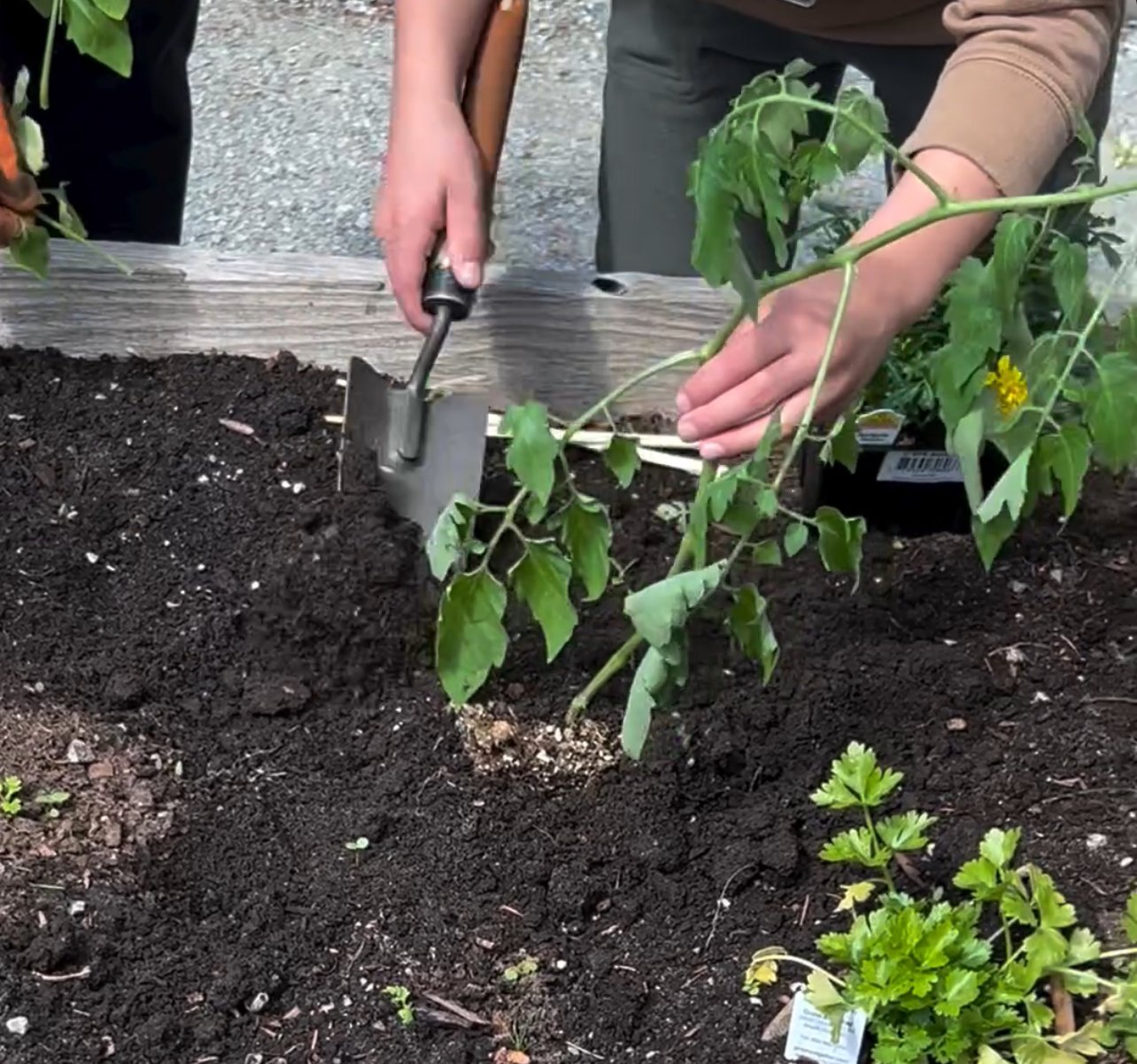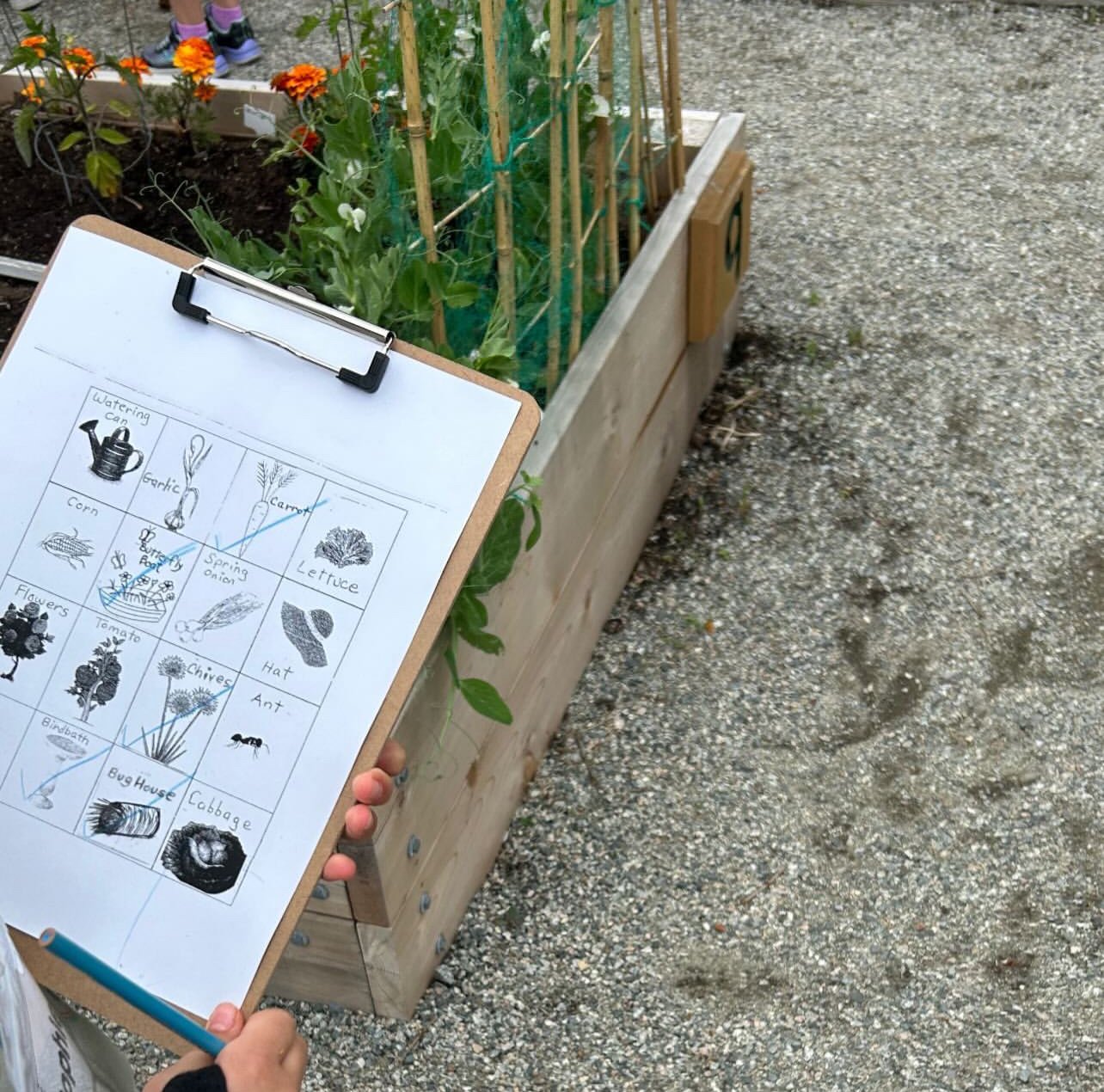Class Garden Activities
What do I mean by class garden and who runs it?
We are so fortunate at our school to be so close to a community garden where many classrooms have garden beds. We have wonderful volunteers who are local seniors who want to give back and share their passions and knowledge about gardening. This means that teachers don’t actually have to plan anything for our garden time, as it’s all run by the volunteers, and we are grateful for them!
Where does the funding come from?
The garden applies for grants that allow them to do this program at zero cost to our students. Since we are a school in a low income area, this is so wonderful and provides such rich learning opportunities for our students, many of whom live in apartment buildings or townhouses where they have little to no yard that they can do their own planting in.
When do we go to the garden?
Each class goes to the garden once per week for 30 minutes. We usually go for September and a bit of October, depending on weather. In the fall we plant some things in the fall, like fall rye to help keep the garden healthy and bring nutrients. Then, we start up again after spring break until the end of the school year.
Where does the food go?
Almost all the food grown in classroom beds gets donated to our local food bank. Students do get some samples of the fruits of their labour but most of it gets harvested in the summer when they’re not there. Once again, big thanks to volunteers who care for the classroom beds by watering and harvesting while we’re away.
What you’ll find in this post
If you are not as lucky to have a full garden at your disposal but are still interested in doing some gardening with your class, I’ve compiled some of the activities that we’ve done over the years that might help inspire you and your lessons. There are no lesson plans provided, but they may serve as a jumping off point.
Planting seeds
We plant lots of things using seeds. Some favourites are peas, marigolds, radishes, and carrots. We use popsicle sticks to show where we’ve planted different things.
Planting baby plants
Sometimes we plant baby plants instead of seeds. For example, we’ve planted a tomato, pepper, and celery. We also plant little herb plants like dill, lemon balm, and thyme.
Planting garlic
This is one of the fall planting activities we do. While most things don’t get planted until the spring, we plant the garlic sometime in October. Depending where you live, you may have to adjust based on the climate.
Flowers
We learn about the parts of a flower and try to identify them on real flowers. We also look at different types of flowers. Shapes, colours, size.
What makes a flower attractive to a pollinator?
Bug homes
While we don’t want every bug near the garden, we know they’re out and about…everywhere. Each year we build bug homes using an old tin can, twine, sticks and paper tubes.
What part of the plant do we eat?
We eat a lot of different parts of plants. Flowers, leaves, stems and roots. Students can identify which part of the plant they’re eating on the chart.
Watering
We’re lucky that volunteers water our garden most of the time. We do like to water when we get a chance. We water our own beds and others in the garden. Our community garden has rain barrels that students use to fill up their watering cans.
Planting the “Three Sisters”
The three sisters are beans, corn and squash. They were essential crops for the Iroquoian First Nations. Each of the plants had an important role and they relied on each other for growing. This is a great way to incorporate indigenous knowledge into your gardening.
Garden scavenger hunt
How well do you know the garden? Go on a scavenger hunt to find different items.
Learn about insects & animals at the garden
We learn about many types of insects. Sometimes we learn about them as a group and sometimes we get more in depth like learning about ants, bees or butterflies and what they do in the garden.
We also learn about worms and their important role.
Observation
Take a closer look with magnifying glasses. They love to look at bugs, flowers, dirt and more! What do you notice? What questions do you have?
OTHER ACTIVITIES
Taking the beans or peas out of dried beans
Removing the sunflower seeds out of the sunflower
Weeding the beds or pathways
Tasting what we plant - I find students are very willing to try something they grew. Not everyone likes everything, but they try a lot!
























